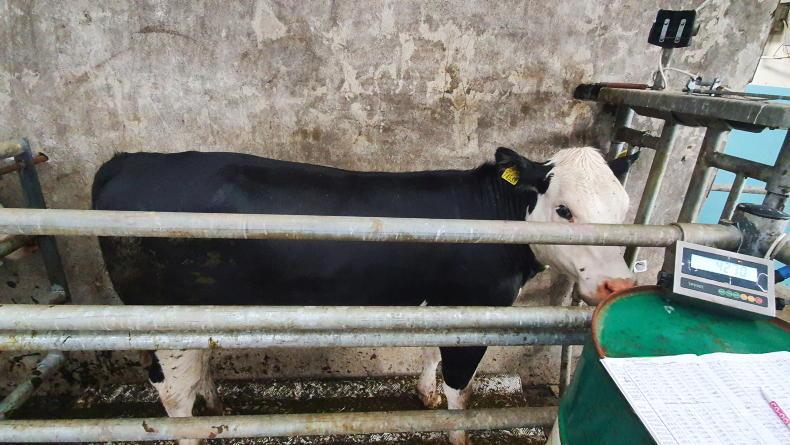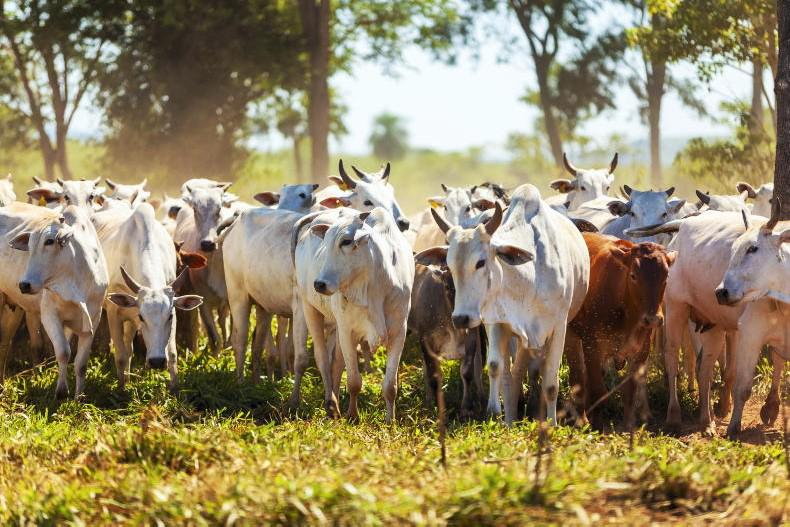Farmers were angered by a suggestion in a response by Minister for Agriculture Charlie McConalogue to a parliamentary question on TB that stakeholder (farmer) engagement was a barrier to progress.
The minister has quickly corrected himself, withdrawing any such inference. But farmer frustration with escalating levels of bovine TB, following a number of years of steady progress, remains. They lay the blame squarely on the failure to properly tackle wildlife, particularly badgers and deer. That is surely the core infection wildlife source, but are there other issues?
Is dairy expansion a factor? One statistic I’ve heard quoted is that two-thirds of TB cases reside in the dairy herd, and two thirds of those cases are among adult cows. At first sight, that suggests there is a susceptibility among dairy breeds to TB, but it’s not so simple.
Firstly, it stands to reason that TB predominantly affects older animals. The longer you live, the more likely you are to have been exposed to infection. That stands true of people as well as animals. So older suckler, beef and dairy animals are all more likely to develop TB.
With the CSO reporting 1.5m dairy cows compared to 820,000 suckler cows last December, the levels of TB reactors in the dairy herd make a lot of sense.
Secondly, the 100 cow average dairy herd size, as opposed to 17 cows per suckler herd, is bound to be a factor.
Once TB breaches a herd, the risk of cross-infection increases. This is particularly true in dairy herds, where cows are herded into close proximity in collection yards twice a day (robot owners can feel they have an advantage in this regard).
There’s no doubt that the ability to sell animals from a restricted herd into feedlots is a lifeline, a necessary one. It’s thus essential that the highest levels of biosecurity are maintained in these feedlots to ensure the possibility of them becoming a source of infection is minimised. The Department vets have a crucial role in this regard.
Research and development is another important piece of the jigsaw. Is the inoculant the best it can be? A lot hinges on its effectiveness. How about the vaccine? Is it working? Can vaccination be rolled out to the deer population? There are stories among farmers that areas where badgers are vaccinated are seeing elevated levels of bovine TB. That could be unrelated, let’s never forget the difference between causation and correlation.
Above all, compensation and support to affected herdowners needs to be quicker and clearer. All in all, it’s clear there are as many questions as answers in farmers’ minds. Same as it ever was.










SHARING OPTIONS